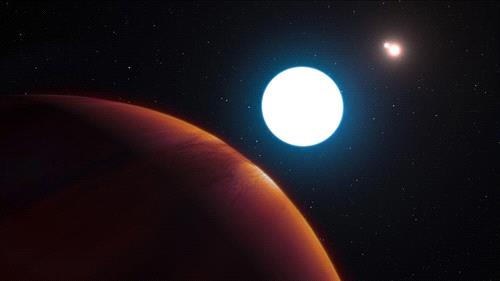-
Top Stories -
Most Popular
-
Italian village offers $1 homes to Americans after Trump’s re-election
-
Half a million vehicles underwent technical inspection before winter
-
Jordan affirms commitment to humanitarian aid for Gaza at UN Security Council
-
Moody’s affirms Jordan’s credit rating at Ba3
-
Relatively cold weather Wednesday, rain showers expected
-
Vehicle fire leads to heavy traffic jam in Airport road
-
ASE ends Tuesday's session with 0.03% dip
-
Army Chief discusses cooperation with Cypriot Ambassador
-
Jordan's olive oil production surged by 32.2%
-
Death toll across Gaza Strip surges to 43,972, over 104,008 injured
-
Water Ministry launches website for 6th Arab Water Conference
-
King: Attracting foreign investment is a priority for the Jordanian economy
-
Celebrating five years reclaiming Baqoura and Ghumar
-
King to open first regular session of National Assembly on Monday
-
Bali flights cancelled due to dangerous volcanic ash
-
Jordan, Qatar call for end to Israeli aggression in Gaza, Lebanon
-
Energy: Global oil prices drop
-
Prince El Hassan conveys message from King to Japanese PM
-
Environment Minister, IPCC head talk climate change cooperation
-
King sends cable to Abbas on anniversary of declaration of Palestinian state’s independence
Scientists discover strange planet with three stars 340 light years away
09-07-2016 06:13 AM
Ammon News - AMMONNEWS - An international team of astronomers announced Thursday the discovery of a strange planet in a faraway solar system that contains not one sun, but three of them. |
- no comments
Ammon News reserves the right to delete any comment at any time, and for any reason, and will not publish any comment containing offense or deviating from the subject at hand, or to include the names of any personalities or to stir up sectarian, sectarian or racial strife, hoping to adhere to a high level of the comments as they express The extent of the progress and culture of Ammon News' visitors, noting that the comments are expressed only by the owners.
| name : * | |
| comment : * | |







 comment replay
comment replay 